 01
01
Stainless steel scrap
This secondary raw material is, indispensable if the
increasing demand for the necessary nickel units brought
about by the constantly growing stainless steel production
is to be met.
In addition, stainless steel scrap is normally traded at lower
prices than primary nickel and chrome bearers and also enables
shorter and more efficient tap-to-tap times thanks to its
relatively fast melting and its high density.
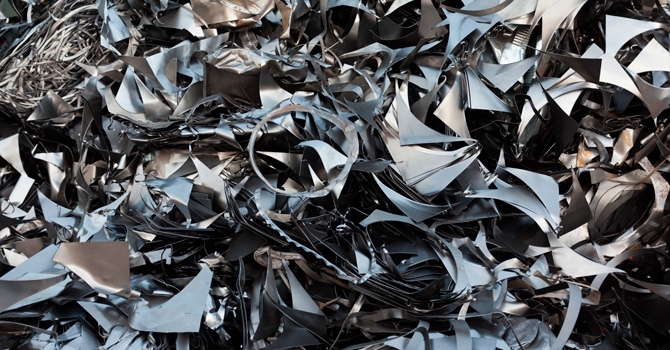 02
02
Titanium scrap
Titanium scrap (Ti Scrap) and titanium alloy scrap (Ti Alloy Scrap) have a variety of properties when it comes to useful characteristics. With the vast amount of titanium used, there is also a vast amount of titanium scrap and titanium alloy scrap to recycle from these different forms. Titanium scrap and titanium alloy scrap has proved to be highly useful with their properties of superior corrosion resistance (saltwater propeller shafts), hard but lightweight makeup and high melting temperature.
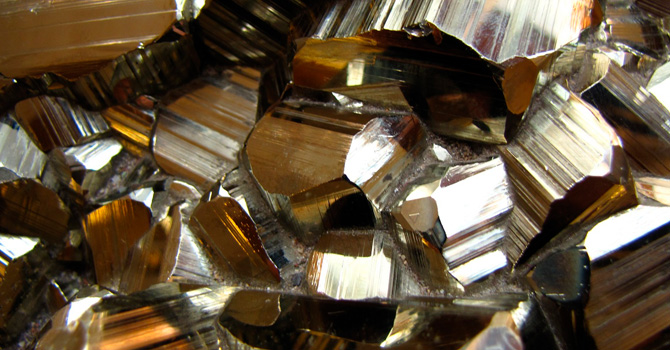 03
03
Brass scrap
An alloy of copper and zinc, brass is yellow in color and often used as a substitute of gold. The metal has found uses in low pressure plumbing fittings (sometimes with copper), sink drains and fixtures (sometimes chrome plated to make it more decorative), car radiators, door knobs, and in trim hardware.
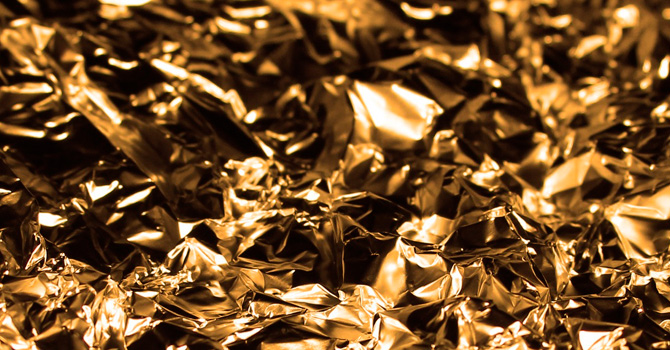 04
04
Precious metal scrap
We specialize in recycling materials containing precious metals,
such as those from the electronics, glass, jewelry, and chemical
industries. This includes:
• Powders and pastes containing precious metals
• Residues from the production process
• Off-spec and EOL products
• Platinum- and ruthenium-containing targets for the production of
magnetic data storage disks (HDDs)
• Bonding wires and contact materials for manufacturing circuit boards
• Silver and gold targets for coatings
• Platinum/rhodium sensors for measurement and instrumentation technology
• Instruments and crucibles for laboratory use
• Stirrers and nozzles for the glass industry
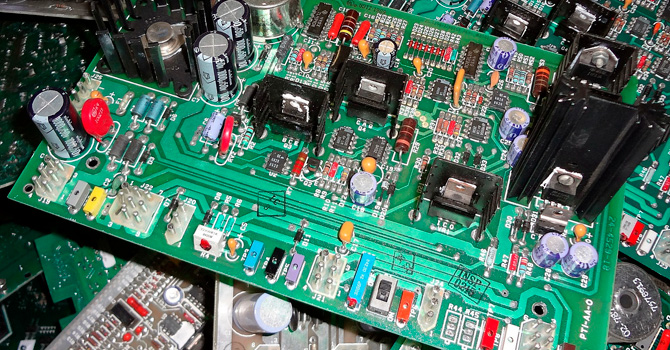 05
05
Electronic scrap
Electronic products are equipment or apparatus in which the basic functions are facilitated by electronic circuits or components, including semiconductor devices (e.g., integrated circuits, transistors, diodes), electro-optical components (e.g., CRTs, LEDs, CCDs, lasers, etc.), passive components (e.g., resistors, capacitors, inductors), sensors (e.g., transducers, MEMs devices) and electronics packaging (e.g., printed circuit boards, connectors).
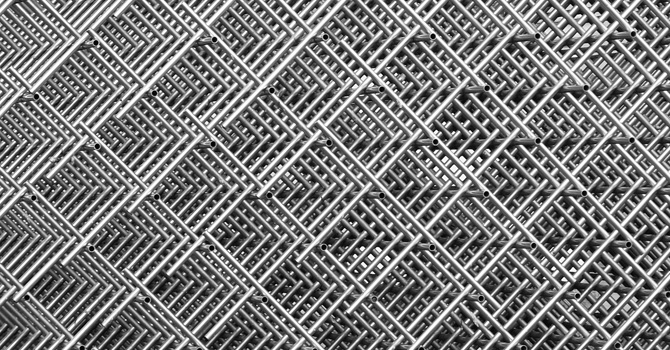 06
06
Carbon Steel
GRADES OF CARBON & ALLOY STEEL WE SUPPLY
There are four types of carbon steel based on the amount of carbon
present in the alloy. Lower carbon steels are softer and more easily
formed, and steels with a higher carbon content are harder and stronger,
but less ductile, and they become more difficult to machine and weld.
Below are the properties of the grades of carbon steel we supply:
Low Carbon Steel – Composition of 0.05%-0.25% carbon and up to 0.4%
manganese. Also known as mild steel, it is a low-cost material that is
easy to shape. While not as hard as higher-carbon steels, carburizing can
increase its surface hardness.
Medium Carbon Steel – Composition of 0.29%-0.54% carbon, with 0.60%-1.65%
manganese. Medium carbon steel is ductile and strong, with long-wearing
properties.
High Carbon Steel – Composition of 0.55%-0.95% carbon, with 0.30%-0.90%
manganese. It is very strong and holds shape memory well, making it ideal
for springs and wire.
Very High Carbon Steel – Composition of 0.96%-2.1% carbon. Its high carbon
content makes it an extremely strong material. Due to its brittleness, this
grade requires special handling.
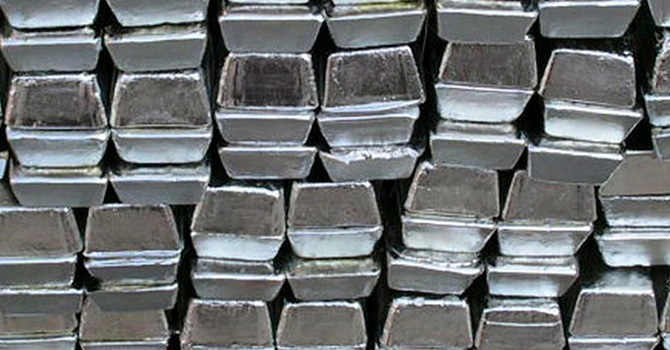 07
07
Lead ingots
Our company provides metallic Lead Ingots with the highest possible density. Ingots are generally the least costly metallic form and useful in general applications. Materials are produced using crystallization, solid state and other ultra high purification processes such as sublimation.


